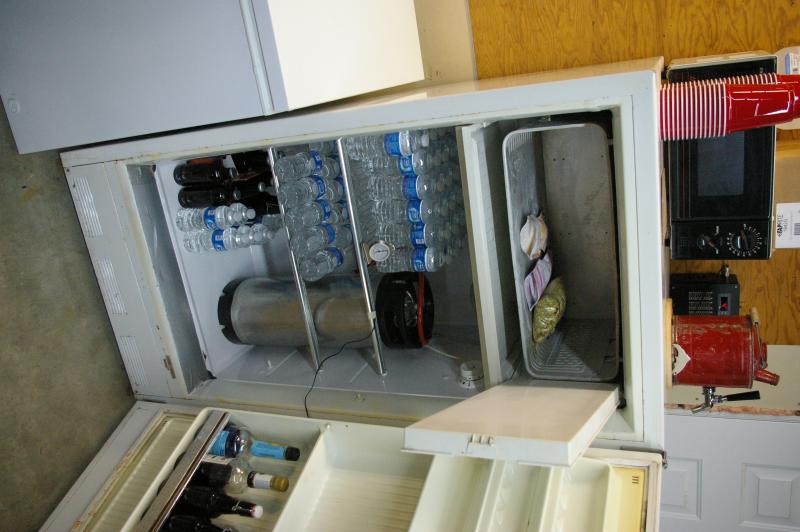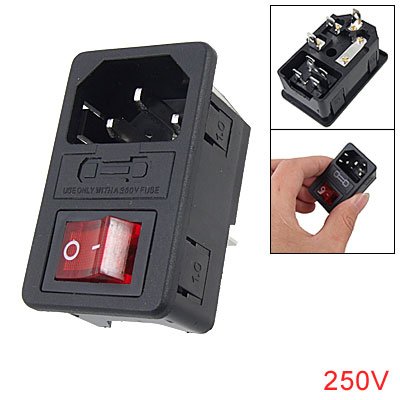Temp. Probe:
How are most attaching it to get the temp.... Taping it to the side/ submerging it in the wort....
If you tape it to the side, have you done a compare on the temp it reads with the actual temp of your wort????
Just wondering what works best.... Not sure how I would submerge it and still keep my brew bucket sealed
How are most attaching it to get the temp.... Taping it to the side/ submerging it in the wort....
If you tape it to the side, have you done a compare on the temp it reads with the actual temp of your wort????
Just wondering what works best.... Not sure how I would submerge it and still keep my brew bucket sealed



















































![Craft A Brew - Safale BE-256 Yeast - Fermentis - Belgian Ale Dry Yeast - For Belgian & Strong Ales - Ingredients for Home Brewing - Beer Making Supplies - [3 Pack]](https://m.media-amazon.com/images/I/51bcKEwQmWL._SL500_.jpg)









